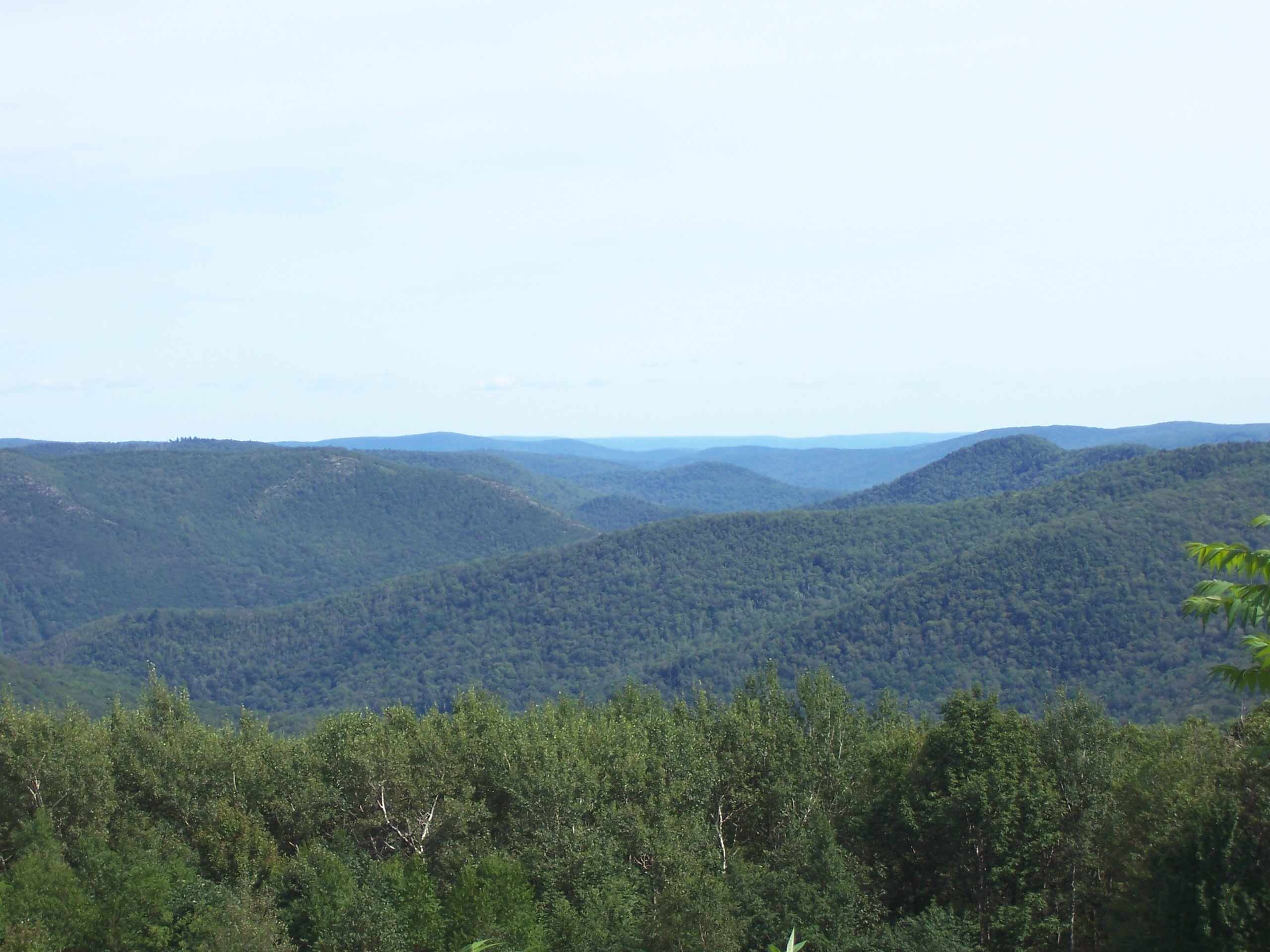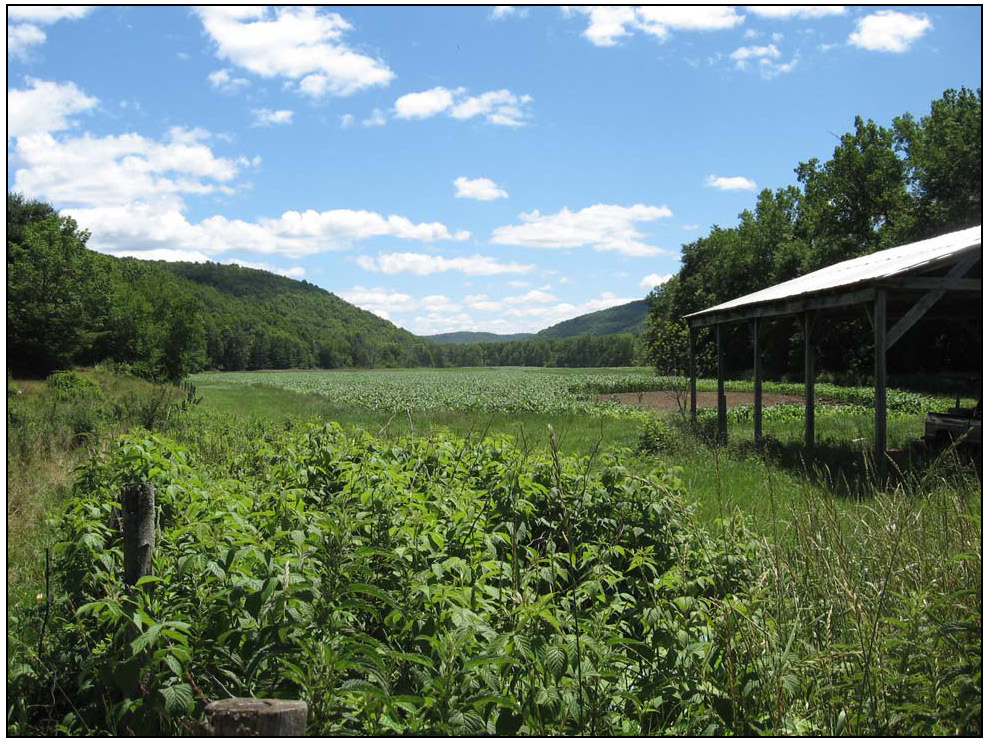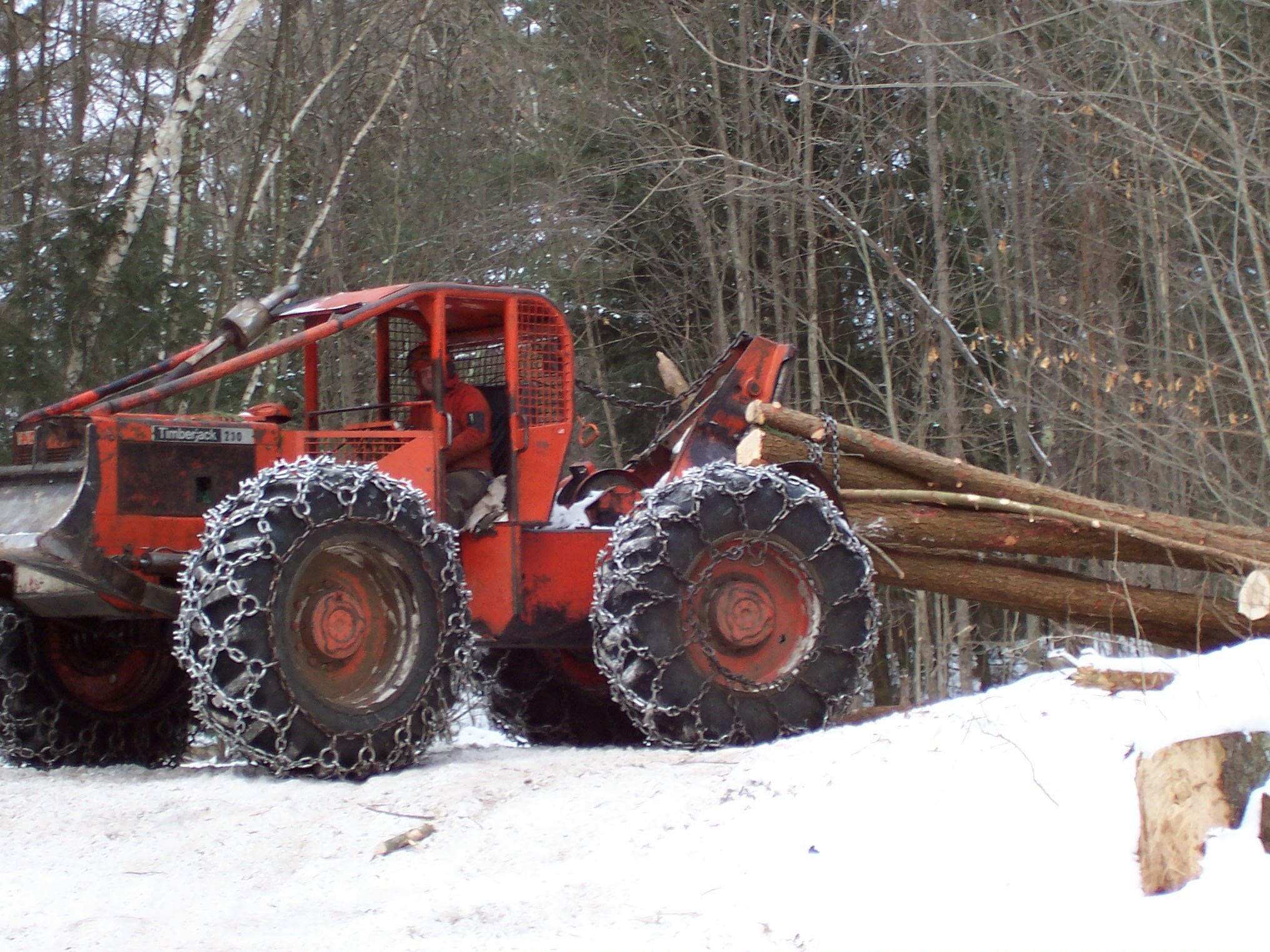Conservation Easement Aggregation Projects in New England
By: Amos S. Eno
Posted on:09/28/2010 Updated:09/11/2012Keith Ross is once again leading an innovative initiative to conserve large contiguous blocks of managed forests
After decades of working in isolation, conservationists focused on natural ecology and urban planners focused on human welfare  are waking up to the reality that it is all one and the same, and that they’d better work together if they want to achieve their respective goals.
are waking up to the reality that it is all one and the same, and that they’d better work together if they want to achieve their respective goals.
In New England, one of these epiphanies is playing out as the “Wildlands and Woodlands” initiative, with a 50-year vision for retaining at least 70 percent of the region in forest, free from development. The report notes that this is essential not only for wildlife habitat, but for clean air, clean water, resilience in the face of climate change, healthy economies, and to preserve New England’s identity. The Wildlands and Woodlands alliance includes government agencies and nonprofits, at all levels, working with hundreds, and eventually thousands of forest landowners to secure conservation easements.
Forest Cover that Bounced Back, Again Declining
Subsequent to suffering a rapacious turn-of-the century logging spree, New England woodlands increased through natural reforestation for 150 years. In the past 50 years, however, forests have declined in every state. To prevent a second slower, but more permanent, slide into a landscape fragmented by development, the Wildlands and Woodlands vision would designate 90% of protected forests as working lands, with 10% reserved as wildland reserves, shaped only by natural processes.
Once again, Keith Ross, featured in last week’s blog about the Pingree Forest Partnership, is a leader in this effort, creating a collaborative conservation process and chairing the implementation arm of the Wildlands and Woodlands alliance. The New England Forestry Foundation is also, again, playing a key role as intermediary in this new style of collaborative projected dubbed “conservation easement aggregation.”
The approach is all about answering the question of “how to protect forestland in a landscape that’s broken up,” in Keith’s word s. In the Northeast, where the average size of parcel ownership is 10 acres, that is indeed a challenge. Borrowing a page from forest aggregators of carbon offset projects, Keith has once again used a combination of common sense, economies of scale, ad hoc teams of experts, and genuine goodwill in support of collaboration to pilot the Wildlands and Woodlands Conservation Projects.
s. In the Northeast, where the average size of parcel ownership is 10 acres, that is indeed a challenge. Borrowing a page from forest aggregators of carbon offset projects, Keith has once again used a combination of common sense, economies of scale, ad hoc teams of experts, and genuine goodwill in support of collaboration to pilot the Wildlands and Woodlands Conservation Projects.
The first such project, in western Massachusetts, known as the Western Massachusetts Aggregation Project involves 7 land trusts working together to purchase conservation easements on 10,300-acres of forest land made up of 72 individual properties.
The benefits of the Western Mass Aggregation include:
-
An MOA signed by all collaborating land trusts specifies roles, responsibilities, and the order of easement acquisition, along with procedures in case of funding shortfalls.
-
Easements will be purchased at 75% of market value, with a 25% donation from each landowner. This is appealing to funders while also providing flexibility should appraised values need adjusting.
-
Easements protect core habitat identified by each land trust, supporting rare species and nearly 30 miles of waterfront along ponds, rivers, and streams.
-
By concentrating easements in space and time, it saves money for appraisals, baseline documentation preparation, legal and closing costs.
-
Uniformity of the conservation restrictions will be assured using a web-based document preparation company.
-
Part of the funds raised will go toward a combined fund for monitoring and enforcement.
-
Finally, project proponents are seeking to incorporate the option for carbon credit sales from the enrolled properties through an established trading platform.
Origins of the Conservation Easement Aggregation Project
The process of developing this project began when Keith, in discussion with Wildlands and Woodlands authors, asked, “how do we get to the smaller landowner” - the one who is key to patching together a landscape sized conservation area? Keith realized that many small land trusts with volunteer or minimal staff had definite conservation priorities and crucial local contacts, but often lacked the volunteer base and staff necessary to raise funds for their individual projects one at a time.
He proposed a new concept that land trusts work together. Each could identify their own high priority conservation parcels based on GIS conservation databases and their knowledge of local communities, but fundraise for the projects collaboratively, while realizing the above-mentioned economies of scale.
Let me repeat that: land trusts fundraising collaboratively. “Foundations love it,” says Keith, “because they don’t have to sift through a pile of 72 grant applications for a $20 million project. We’ve already raised $7 million for this first aggregated project, and we have plans to duplicate it in 12 more areas around New England.”
Ross, who now  works for the conservation consulting arm of the private firm Landvest, says that it’s an advantage to be independent when working with all the partners. “It’s hard to get land trusts to work together,” he says, “It’s easier when someone like me is working for the landowner or an independent company.” He is seen as invested in the success of the project, without an agenda tainted by fealty to any one organization.
works for the conservation consulting arm of the private firm Landvest, says that it’s an advantage to be independent when working with all the partners. “It’s hard to get land trusts to work together,” he says, “It’s easier when someone like me is working for the landowner or an independent company.” He is seen as invested in the success of the project, without an agenda tainted by fealty to any one organization.
Ross is once again bringing his trademark keys to success to this Western Mass Aggregation Project: designing easements that fit the needs of landowners and land trusts; setting easements up in a way that is cost-effective to monitor; packaging the deal for fundraising; and marketing it effectively. What, I asked him, do you do to market effectively? “Ah,” he replied, “that’s my trade secret.”
Feedback
re: Conservation Easement Aggregation Projects in New EnglandBy: Mtns on: 09/11/2012Why do you call it conservation when you're whacking down all the trees?
 Sign In
Sign In
 Sign In
Sign In
